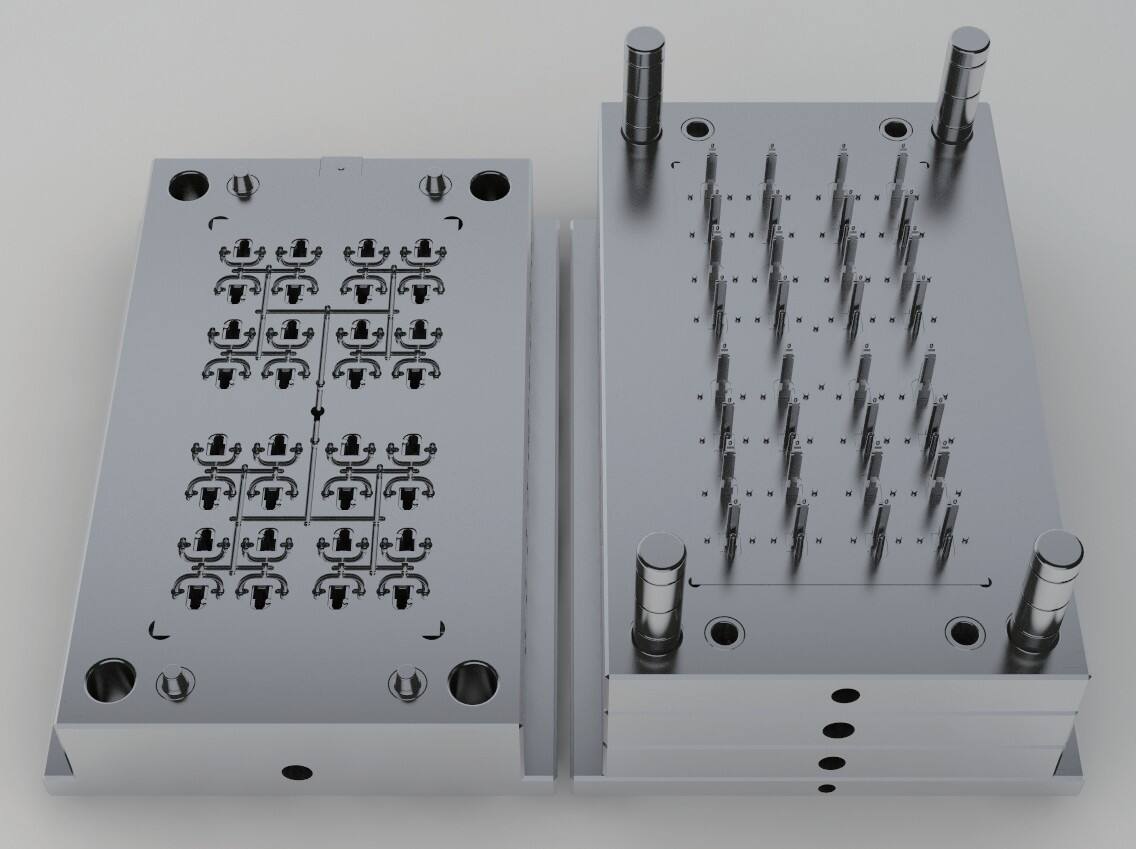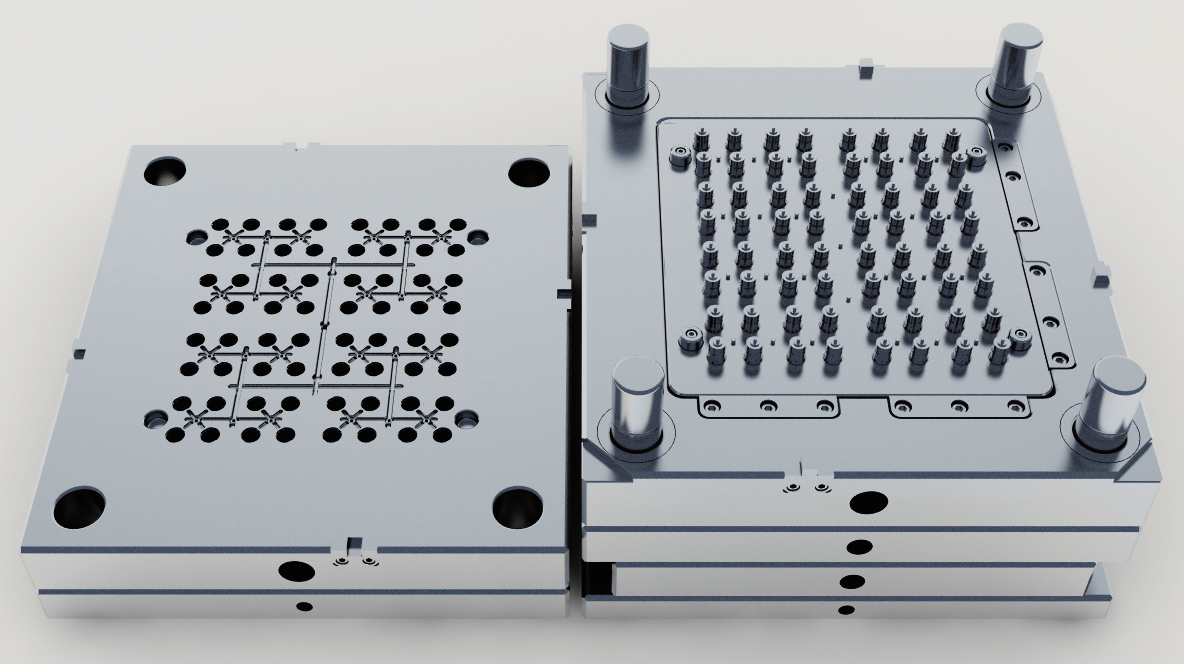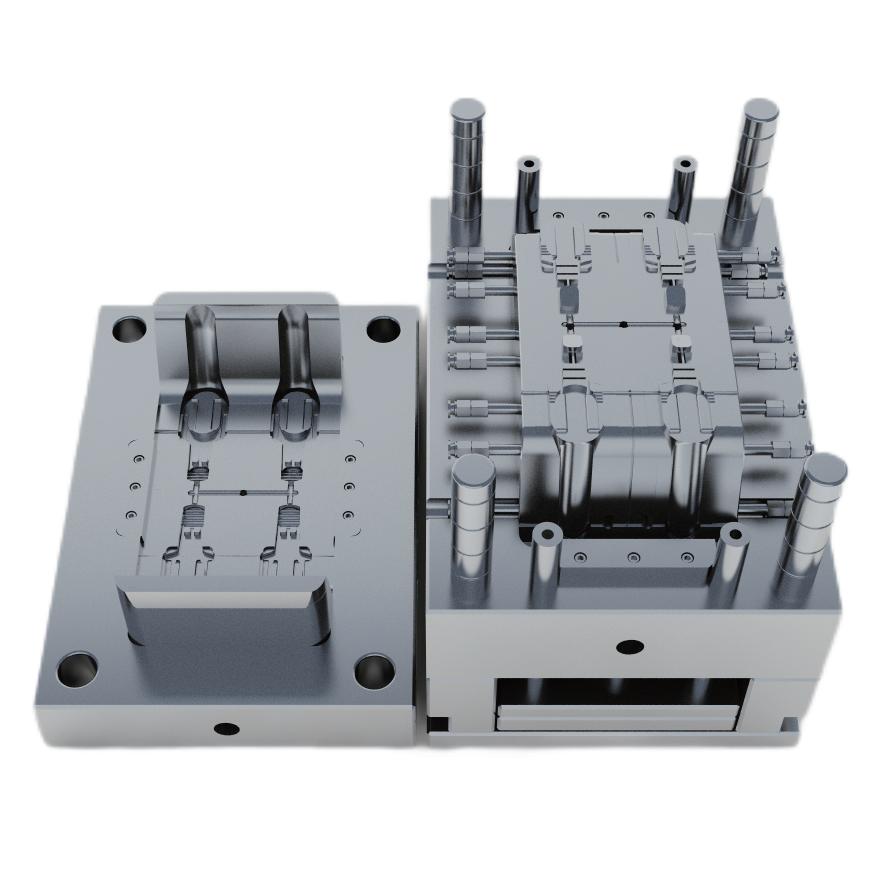molded parts
Molded parts represent a cornerstone of modern manufacturing, offering precision-engineered components created through sophisticated injection molding processes. These parts are manufactured by injecting molten material into carefully designed molds under controlled conditions, resulting in consistently high-quality components. The technology enables the production of complex geometries and intricate details that would be difficult or impossible to achieve through other manufacturing methods. Molded parts serve diverse industries, from automotive and aerospace to consumer electronics and medical devices. The versatility of the molding process allows for the use of various materials, including thermoplastics, thermosets, and elastomers, each selected to meet specific performance requirements. Advanced quality control measures ensure dimensional accuracy and structural integrity, while automated production systems maintain consistency across large production runs. These components can be customized with different surface finishes, colors, and material properties to meet exact specifications, making them ideal for both functional and aesthetic applications.


